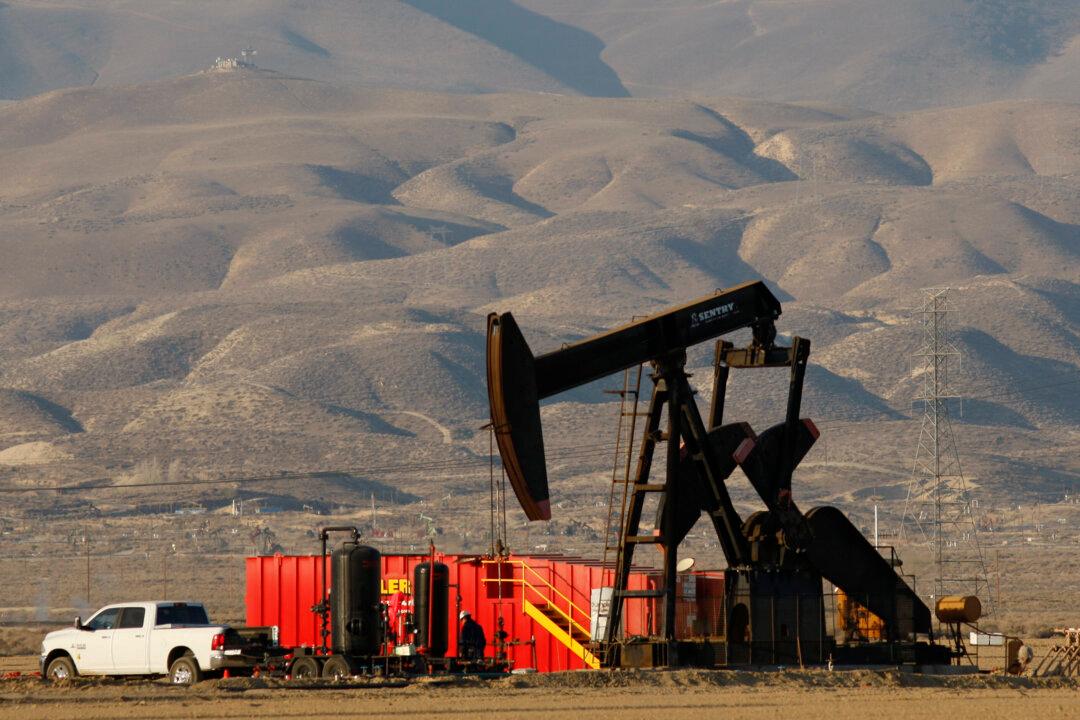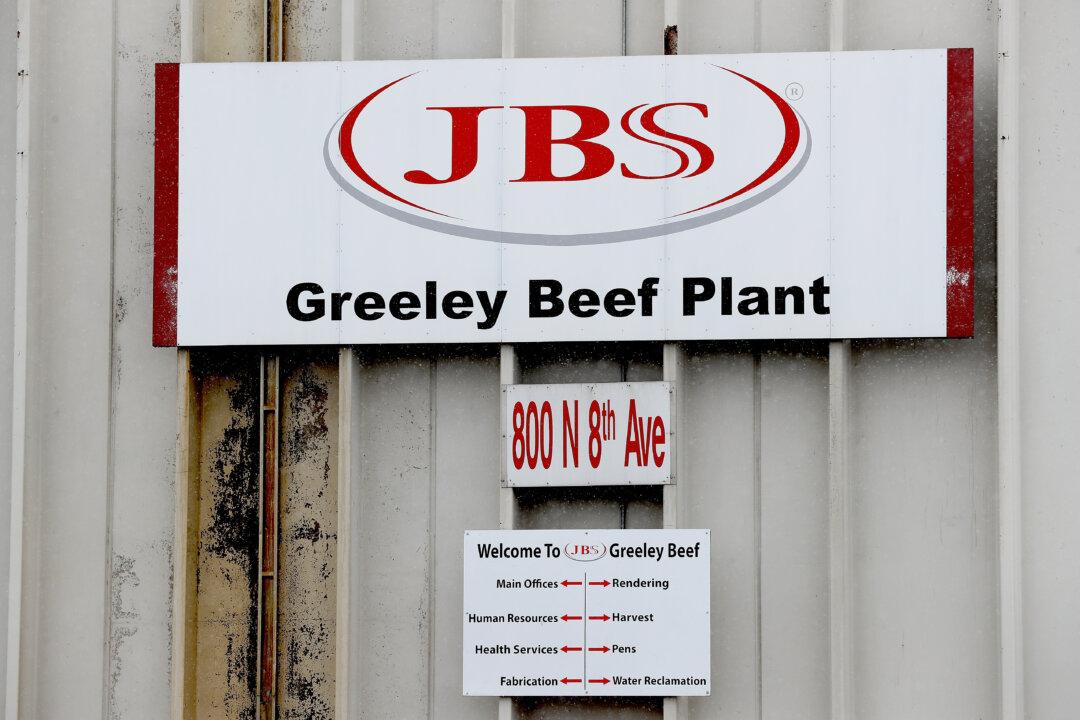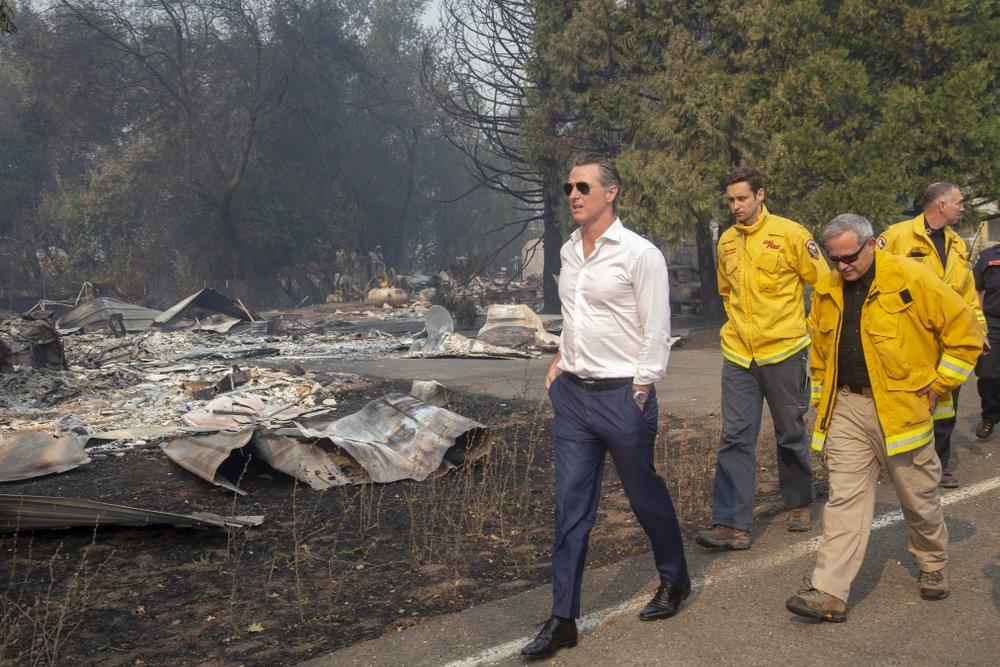In the wake of the CCP virus crisis, the slowdown in fracking across U.S. oilfields has resulted in massive increases in the number of drilled but uncompleted (DUC) wells over the past three months, according to Norwegian oil market analysts Rystad Energy.
The total of 750 wells drilled but awaiting fracking looks set to increase again slightly in June, and is the equivalent of some two years of fracking operations at current levels of activity.





